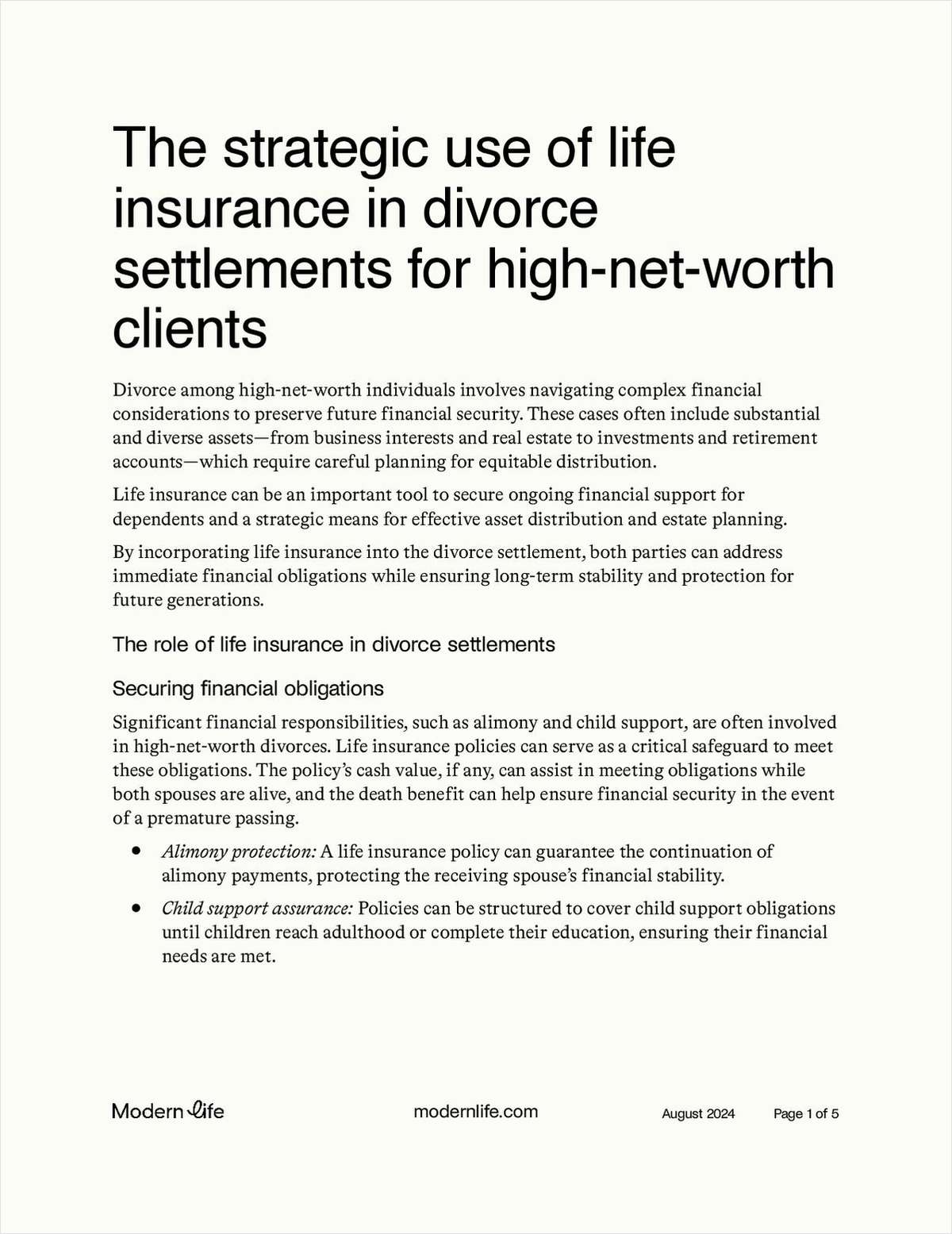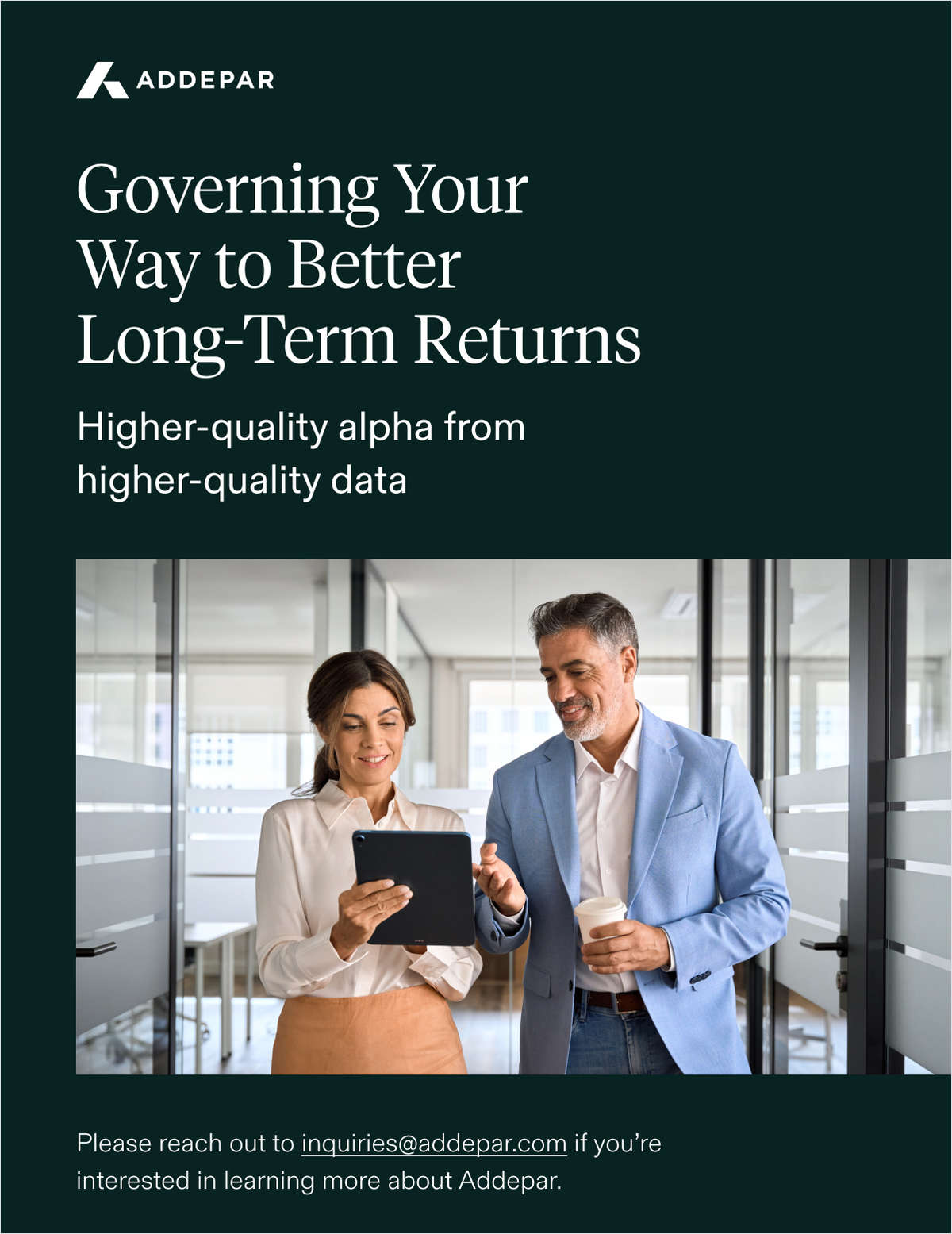When we talk about innovation in the U.S. insurance industry, 2015 became the year that Google moved from the list of potential disruptors to actual disruptors. The fuss began when they launched Google Compare in the U.K. in 2012.
It was only a matter of time for the company to launch in the U.S. Google's approach, in partnership with Compare.com and Coverhound, brought a new, friendlier and more efficient model of price comparison for auto insurance.
The service is only in a few states but no doubt will expand. It is also only with some carriers, not all…yet. Additionally, some predict the offering will go beyond auto insurance.
As people in the industry begin to examine the facts, create predictions and identify a rationale for why Google could pull off something like this, the word "millennial" is often in the mix.
We hear things like: "Millennials trust Google as a brand more than they trust insurance companies." "Millennials like to research online before consulting any professional." "Millennials have tremendous buying power, are very price-conscious and look for the best deals."
These attitudes and behaviors being attributed to millennials are also true of other generations, too. And there are some millennials to whom these statements don't apply.
A 2012 study done by Maddock Douglas hypothesized five "new" models for insurance. A model similar to Google Compare was tested (inspired by Amazon but gave a similar experience).
Eighty percent of millennials said the Google-like model was more relevant to them than the current agency model of insurance. However, 82 percent of Gen X and 64 percent of baby boomers also said the same.
A 2014 study done by Maddock Douglas and LIMRA, examining the elements of authentic communication, indicates that 84 percent of the entire population likes to research online before buying just about anything. And a 2014 study by Accenture indicates that 67 percent of insurance customers would consider purchasing insurance products from organizations other than insurers.
What's that have to do with Google? Google isn't spending time examining the attitudes and behaviors of millennials. They are spending time examining everybody and using what they learn to categorize people and predict their future behaviors.
Google has amassed a lot of usable data to draw such conclusions. Insurance companies are recognizing the need to collect and mine new data for this purpose as well, but are behind.



